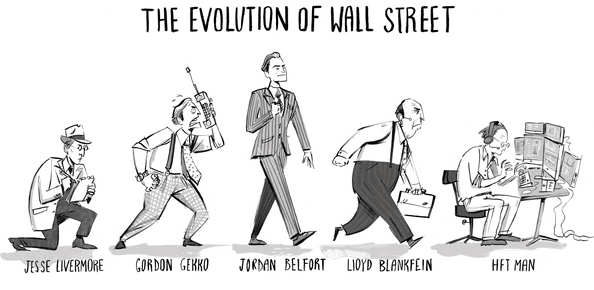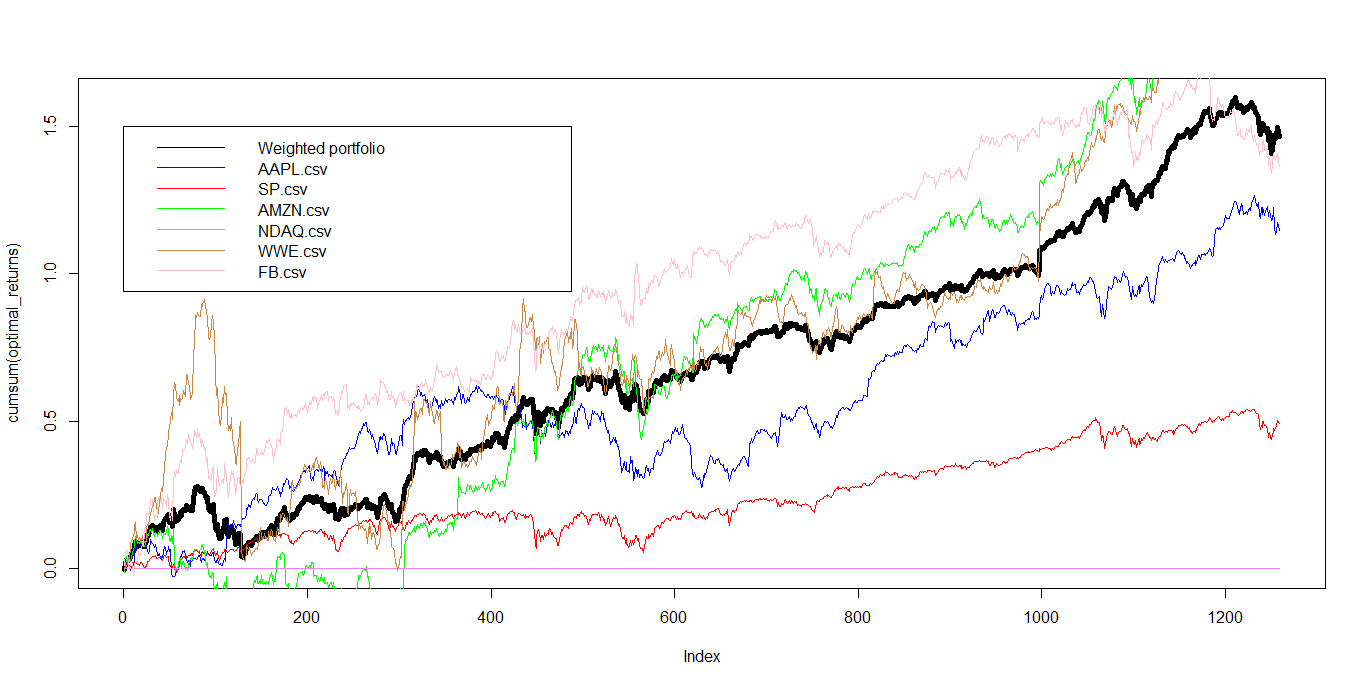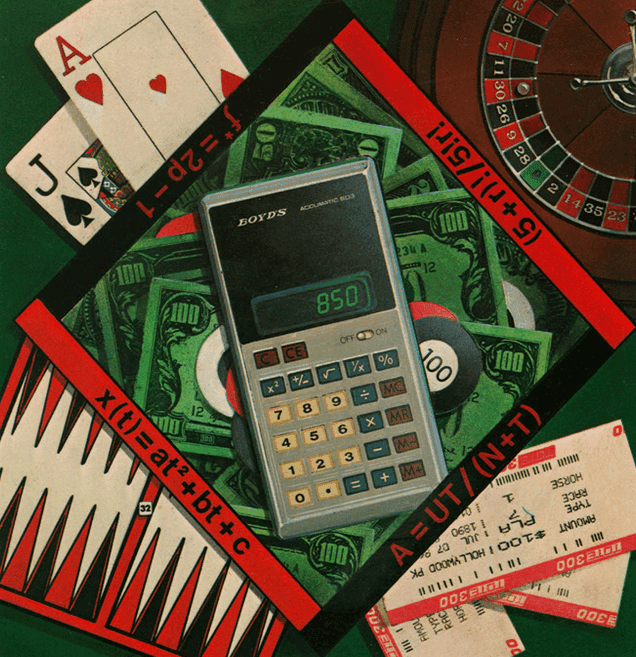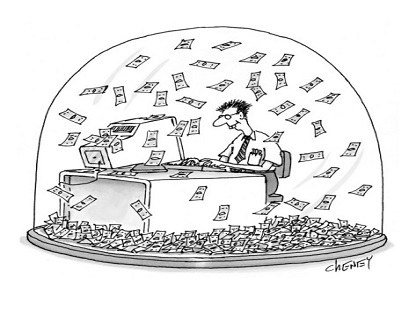Risk Management Volatiltiy Method
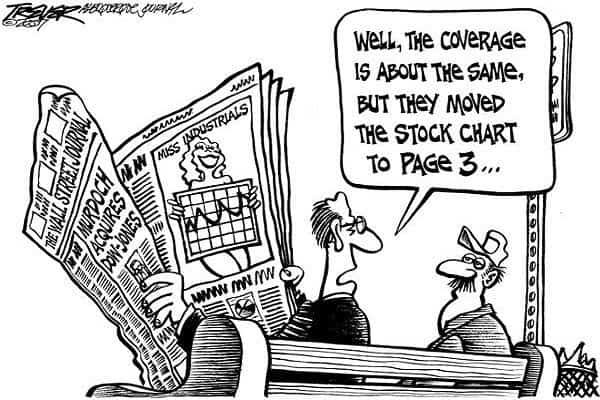
Money Management – Volatility Method
Volatility is the amount of daily price movements of an underlying instrument. In most cases volatility is the difference of the high and the low of the day. Of course there are more complex methods of calculating the volatility but in this article we will go with the simplest one.
Example: If the gold price varies between $1,200 and $1,224 then the average true range is $24 or 2%. Supposed that you have $100,000 in your trading account and you want to buy gold futures. Let’s say the daily range of gold for the last three days is 2% on average. We will use a 3-day simple moving average of the average true range to measure our volatility. If the daily range is $24 and a point in the futures contract is worth $100 that gives us the daily volatility of $2,400 per gold contract. Let’s say we are going to allow volatility to be a maximum of 5% of our equity. 5% of $100,000 is $5,000. If we divide our $2,400 per contract fluctuation into our tolerable limit of $5,000 we get 2.08 contracts. Therefore our money management model allows us to trade a total of 2 contracts. Take into account if we use the total equity model ( account value + open position value) we increase the amount of units traded compared to our total equity. The position size is then calculated based on our equity and the gains we have in our actual positions.
If you use volatility for your risk management you might also limit the amount of your portfolio at risk. Giving a percentage number is talk in large so always evaluate your strategy performance before you choose the final portfolio exposure. Also important is your risk tolerance and the psychological factors that come into play. How would you feel if your $100,000 portfolio went down to $90,000 in a single day ? How much heat can you handle ? That’s a question only you can answer.
This concept could be further developed and adjusted. To give you some ideas you can include concepts like group risk, average true range based on hourly adjustments (trading during the day or after hours is giving us different levels of ATR, primary market for specific contracts – NIKKEI futures experience the largest swings when the asian markets open ), ATR calculations and counting the number of directional changes during a trading session.


